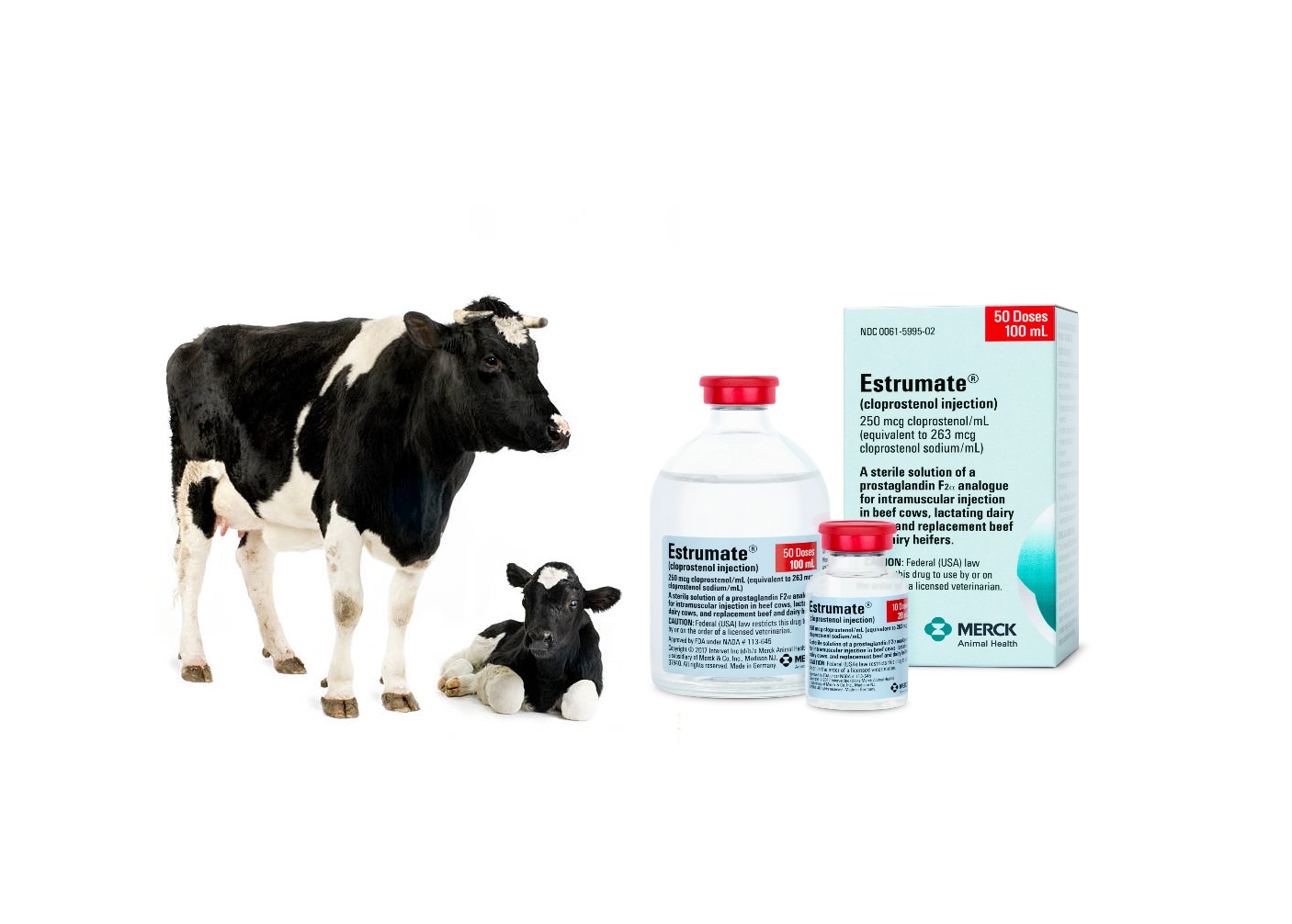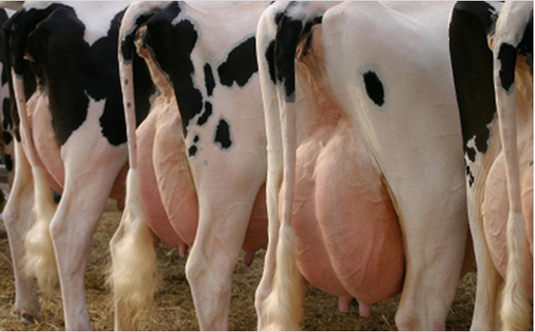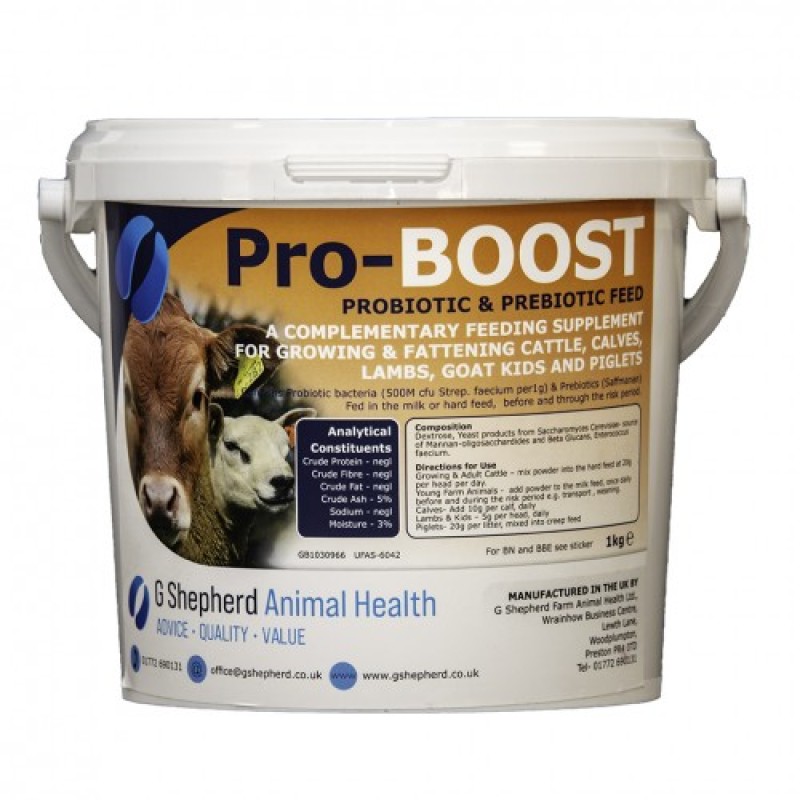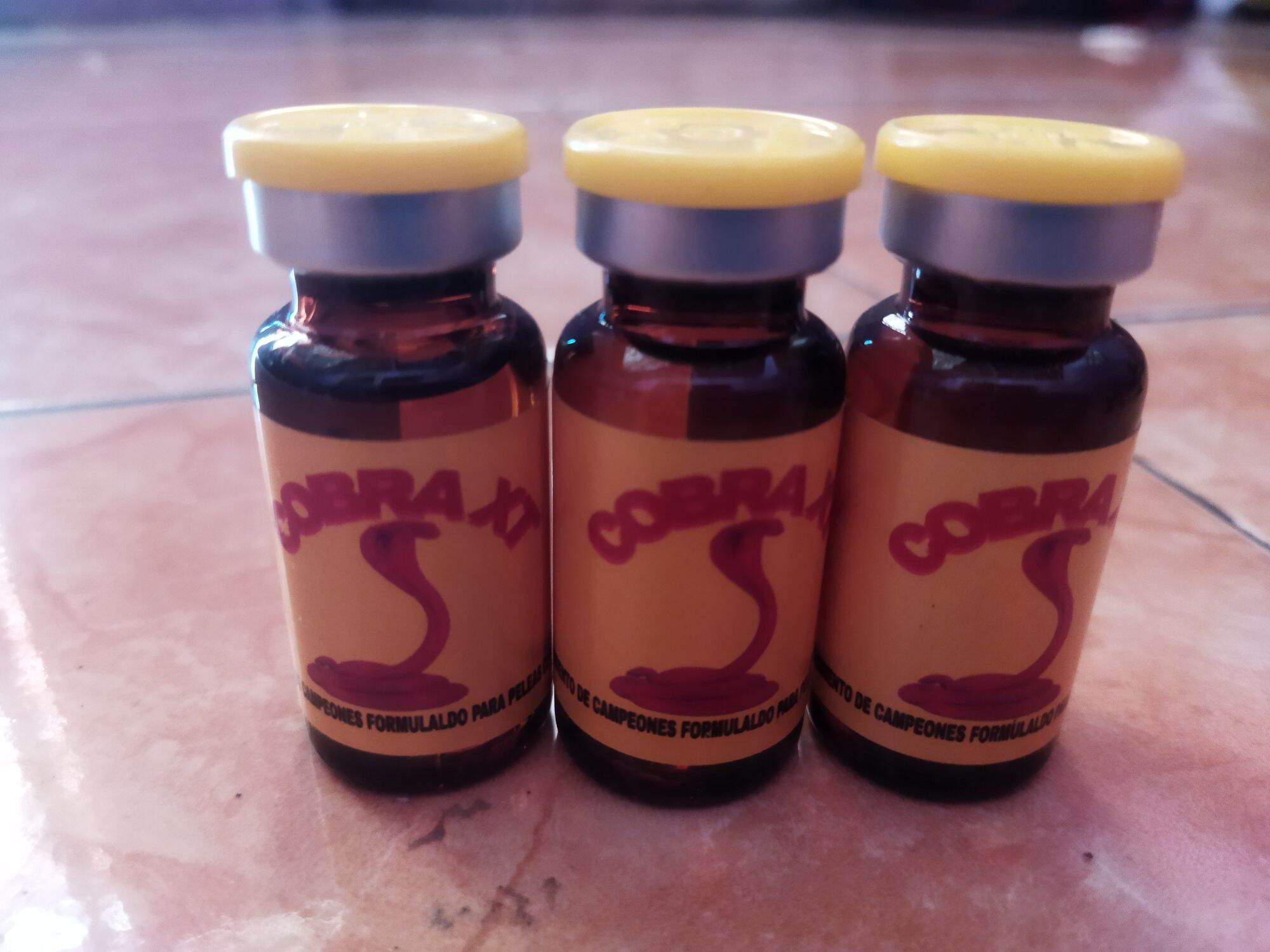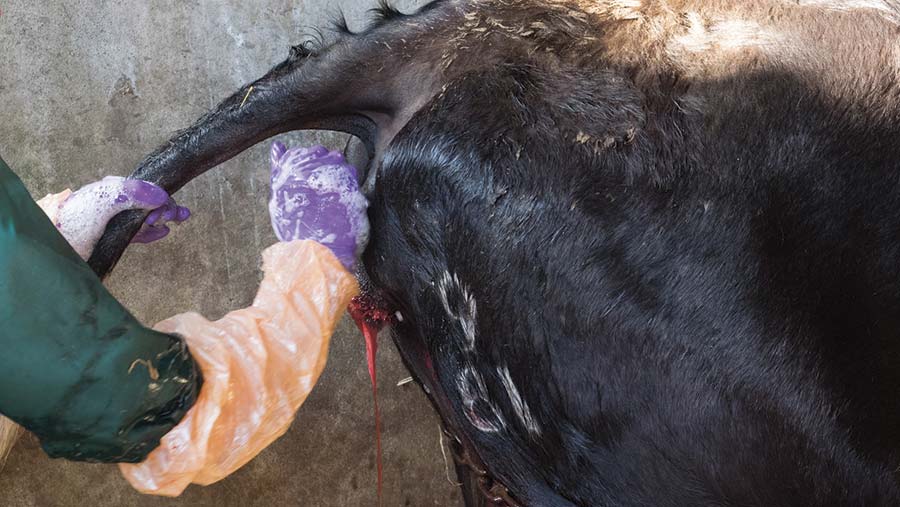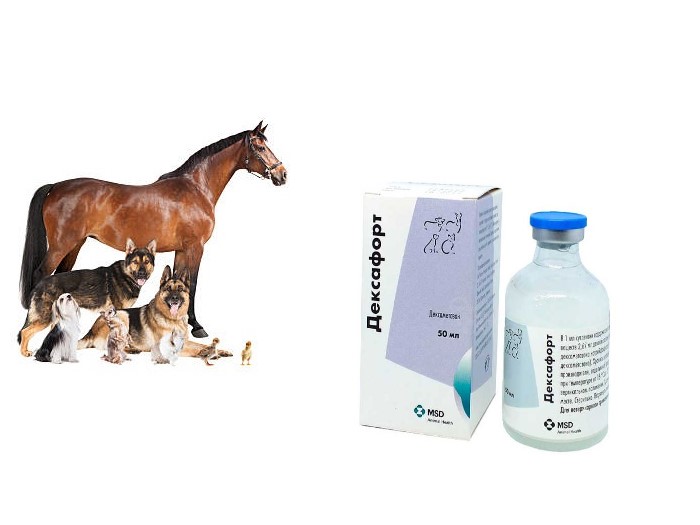In modern cattle management, reproductive health is paramount for ensuring optimal productivity, profitability, and animal welfare. Among the various pharmaceutical interventions available, Estrumate (cloprostenol injection) has gained widespread recognition among veterinarians, farmers, and livestock producers. This drug plays a vital role in managing estrus, facilitating reproductive protocols, and controlling certain reproductive disorders in cattle.
This comprehensive guide aims to provide an in-depth understanding of Estrumate (cloprostenol injection for cattle) — its mechanism of action, indications, dosage, benefits, potential side effects, and best practices for use. Whether you are a veterinarian, cattle farmer, or livestock enthusiast, this article will serve as a valuable resource to optimize reproductive management using Estrumate.
What Is Estrumate (Cloprostenol Injection)?
Estrumate is a trade name for a synthetic prostaglandin F2α (PGF2α) analog known as cloprostenol. It is a potent luteolytic agent used primarily in cattle to induce estrus, synchronize breeding programs, and manage reproductive disorders.
Key Features of Estrumate (Cloprostenol)
- Synthetic prostaglandin analog designed to mimic natural prostaglandin F2α.
- Rapid onset of action with predictable effects.
- Effective in cattle for controlling the estrous cycle.
- Administered via intramuscular injection for ease of use.
How Does Cloprostenol Work?
Understanding the mechanism of action is crucial for effective utilization.
The Reproductive Hormone Cycle in Cattle
In cattle, the estrous cycle is regulated by hormonal signals involving:
- Luteinizing hormone (LH)
- Follicle-stimulating hormone (FSH)
- Progesterone
- Estrogen
The corpus luteum (CL) produces progesterone, which maintains pregnancy or suppresses estrus if the cow is not pregnant.
Role of Prostaglandin F2α (PGF2α)
Prostaglandin F2α causes luteolysis, the regression of the corpus luteum, leading to a decrease in progesterone levels. This hormonal change triggers the cow to enter estrus (heat), making her receptive to breeding.
Cloprostenol’s Action
Cloprostenol, as a synthetic PGF2α analog, binds to prostaglandin receptors on luteal cells, inducing luteolysis rapidly. This results in:
- Regression of the corpus luteum.
- Decrease in progesterone.
- Onset of estrus within a predictable timeframe.
Note: Cloprostenol is more potent and longer-lasting than natural prostaglandins, which allows for more precise control of reproductive events.
Indications for Using Estrumate (Cloprostenol Injection)
Cloprostenol injections like Estrumate are primarily used in the following situations:
1. Estrus Synchronization
- To synchronize the estrous cycle of a group of cattle.
- Facilitates timed artificial insemination (TAI).
- Improves reproductive efficiency.
2. Treatment of Reproductive Disorders
- Persistent corpus luteum (PCO): To induce luteolysis and facilitate estrus.
- Cystic ovarian follicles: To regress cysts and restore normal cycles.
- Pyometra: In some cases, to help resolve uterine infections linked with persistent CL.
3. Induction of Parturition
In some cases, cloprostenol is used off-label to induce abortion or parturition, but this should only be done under veterinary supervision.
Dosage and Administration
Recommended Dosage
For cattle, the typical dosage of Estrumate (cloprostenol):
- 2 mL per 450 kg (approximately 1000 lbs) body weight.
- This provides 250 micrograms of cloprostenol per dose.
Administration Protocol
- Intramuscular injection into the neck muscle.
- For estrus synchronization, a common protocol involves administering the injection and observing for estrus signs within 48-72 hours.
- In multi-dose protocols, injections may be repeated after 11 days to increase synchronization efficiency.
Handling and Storage
- Store in a cool, dry place away from direct sunlight.
- Keep out of reach of children and unauthorized personnel.
- Use before the expiration date printed on the packaging.
Reproductive Synchronization Protocols Using Estrumate
Several protocols utilize Estrumate to synchronize estrus in cattle:
1. Single Dose Protocol
- Inject 2 mL of Estrumate IM.
- Observe animals for estrus signs within 48-72 hours.
- Breed or schedule artificial insemination accordingly.
2. Double Dose Protocol
- Administer 2 mL of Estrumate IM.
- Repeat after 11 days.
- Estrus usually occurs within 48-72 hours after the second injection.
- Ideal for herds with variable cyclicity.
3. Combined Protocols with Other Hormones
Sometimes combined with progestogens or gonadotropins for enhanced synchronization, especially in advanced reproductive management programs.
Benefits of Using Estrumate (Cloprostenol)
Implementing Estrumate in your reproductive management offers several advantages:
1. Improved Reproductive Efficiency
- Reduces the interval between calving and conception.
- Enhances conception rates through precise timing of insemination.
2. Cost-Effective and Easy to Use
- Single intramuscular injection with predictable effects.
- Suitable for large herds.
3. Facilitates Artificial Insemination Programs
- Enables timed insemination without the need for estrus detection.
- Increases genetic progress by enabling planned breeding.
4. Treats Reproductive Disorders
- Helps in managing cystic ovaries or persistent corpora lutea effectively.
Potential Side Effects and Precautions
While Estrumate (cloprostenol) is generally safe when used correctly, awareness of potential side effects is essential:
Common Side Effects
- Mild transient discomfort at the injection site.
- Short-lived changes in behavior, such as restlessness or irritation.
- Slight abdominal cramping.
Rare Side Effects
- Excessive uterine contractions.
- Allergic reactions (rare).
Precautions
- Pregnancy: Avoid administering during confirmed pregnancy, as it can induce abortion.
- Breeding: Do not breed the animal within 48 hours of injection.
- Handling: Use protective equipment to prevent accidental self-injection.
- Residue Safety: Observe withdrawal periods before slaughter to ensure drug residues are cleared.
Best Practices for Using Estrumate in Cattle
To maximize efficacy and safety:
- Follow the recommended dosage and protocol.
- Timing is crucial: administer injections at the correct stage of the estrous cycle.
- Observe animals closely for estrus signs post-treatment.
- Record all treatments for herd management and traceability.
- Consult a veterinarian for complex cases or if unexpected reactions occur.
- Combine with proper herd management practices, including nutrition and hygiene.
Comparing Estrumate to Other Prostaglandin Products
Several prostaglandin F2α analogs are available in the market, including:
| Product Name | Active Ingredient | Duration of Action | Notable Features |
|---|---|---|---|
| Estrumate | Cloprostenol | Longer-lasting | High potency, reliable results |
| Lutalyse | Dinoprost tromethamine | Shorter | Widely used, versatile |
| PGF2α (generic) | Prostaglandin F2α | Variable | Cost-effective, generic options |
Cloprostenol (Estrumate) is often preferred for its longer half-life and predictable response, especially in protocols requiring precise timing.
Regulatory and Legal Considerations
- Use only as prescribed by a licensed veterinarian.
- Ensure compliance with local drug residue regulations.
- Keep detailed records of treatments for traceability.
- Be aware of withdrawal periods before slaughter. Lipotalon
Future Perspectives and Innovations
Research continues to improve prostaglandin analogs’ efficacy and safety profiles. Innovations include:
- Extended-release formulations for prolonged effects.
- Combination products for synchronized protocols.
- Advances in precision reproductive management leveraging data analytics and AI.
Conclusion
Estrumate (cloprostenol injection for cattle) remains a cornerstone in modern reproductive management, offering predictable, effective, and versatile solutions for estrus synchronization and treatment of reproductive disorders. When used correctly, it can significantly enhance herd fertility, improve management efficiency, and contribute to the overall productivity of cattle operations.
Always remember:
- Follow recommended protocols.
- Consult with veterinary professionals.
- Maintain diligent herd health and management practices. bST
By integrating Estrumate into your reproductive strategies responsibly, you can achieve better herd performance and economic returns.
References
- Veterinary Pharmacology and Therapeutics
- Reproductive Management in Cattle
- FAO Guidelines on Prostaglandins in Livestock
- [Product Labels and Datasheets from Manufacturers]
For more detailed advice tailored to your herd, always consult your veterinarian.
